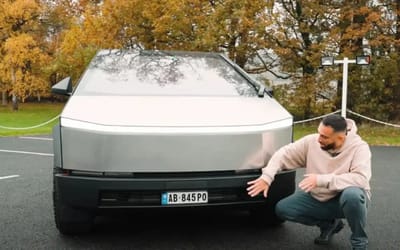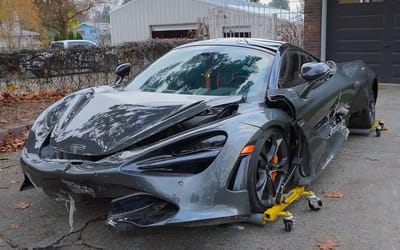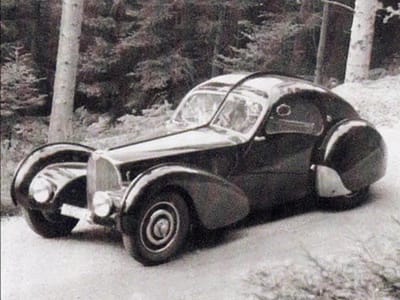Evolution of the cockpit: from vintage to today
- Aviation has come a long way from where it used to be, and so has the cockpit
- A first glance at a flight deck from a decades-old aircraft makes you understand how tech changed everything
- Future aircraft will have even more innovations, and cockpits are already starting to change again
Published on Jul 28, 2024 at 4:19 PM (UTC+4)
by Siddharth Dudeja
Last updated on Jul 28, 2024 at 4:19 PM (UTC+4)
Edited by
Nalin Rawat
Aviation has come a long way from where the industry used to be several decades ago, and thanks to all the technological developments, we now have safer, faster, and more comfortable flights — most of whose credit goes towards the evolution of an aircraft cockpit and flight deck.
You would be surprised to know how different a modern cockpit compares to the ones in the first few generations of airplanes.
Let’s take a closer look at how a flight deck changed over the course of time and rapid innovation.
(Almost) Everything inside a cockpit used to be analog
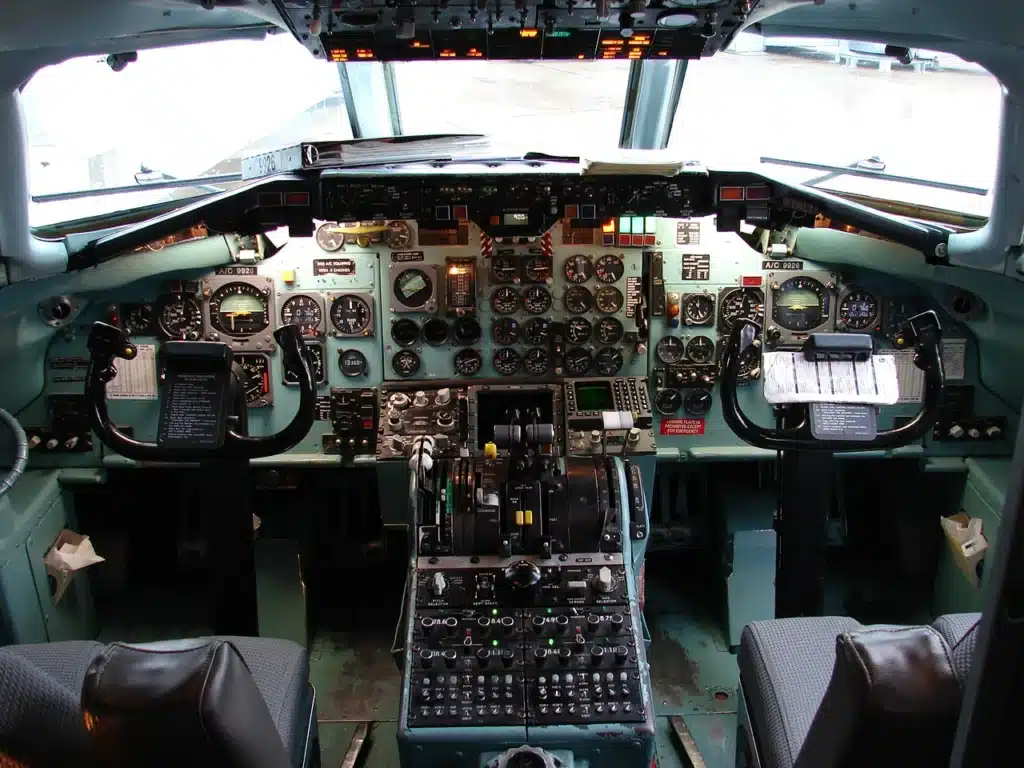
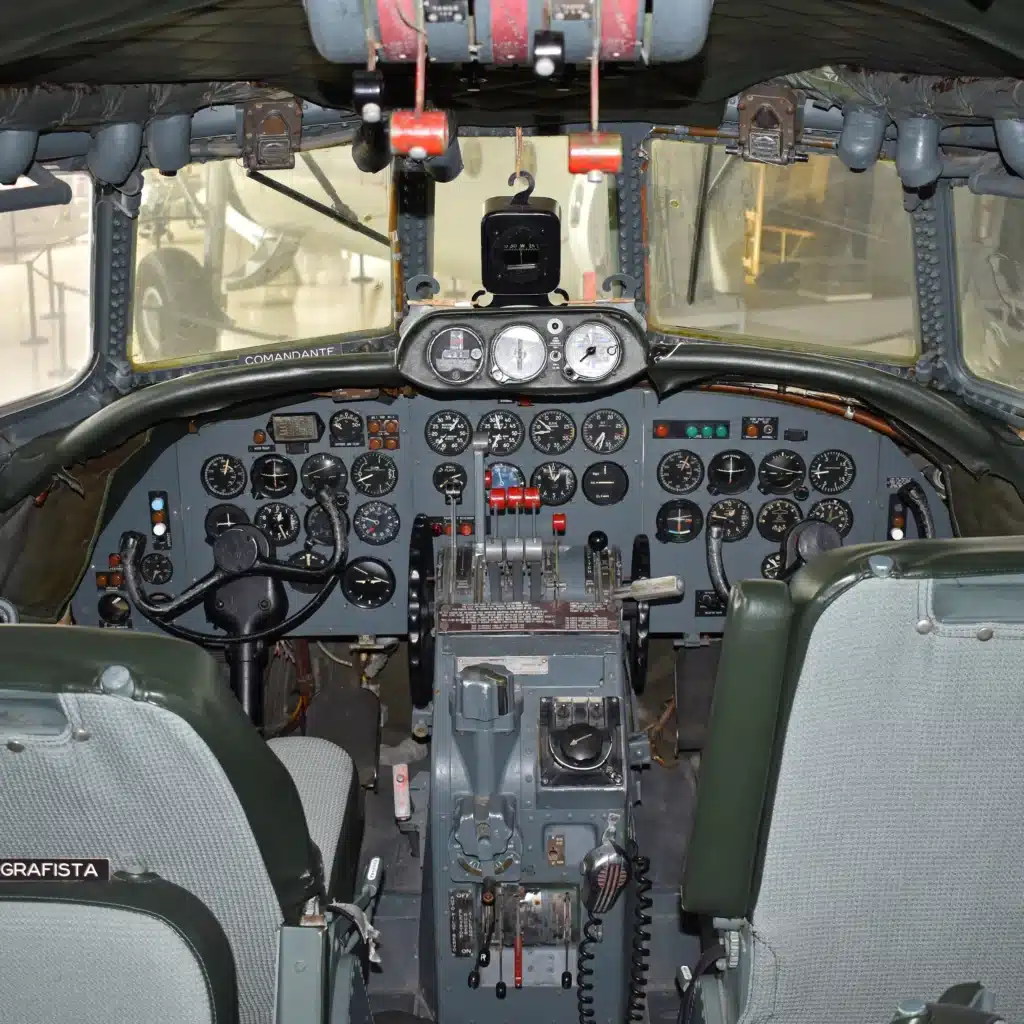
Before we discuss how things were, know that it’s not just modern aircraft cockpits that have hundreds of buttons, switches, gauges, and controls.
They are all there for a reason, and while some more switches and buttons were added as airplanes got new features, even the essentials stacked up to a massive number.
Now, imagine that before the digital era, everything was analog and had to function independently.
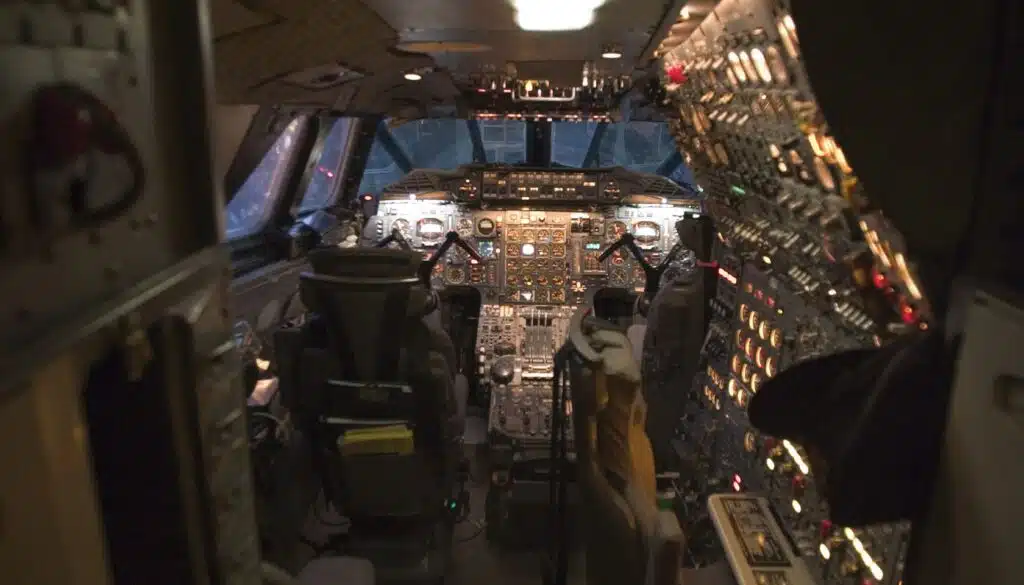
Conventional aircraft, including military ones, had analog instruments — altimeters, airspeed indicators, gyroscopes, and a lot more.
These were enough to navigate and control a regular aircraft, but if you asked a pilot from back then that someday he wouldn’t have to worry about keeping everything in check manually, they would likely have a good laugh.
What’s more, most aircraft until the 1980s had space for a third person inside the cockpit.
Three people flying an airplane at once
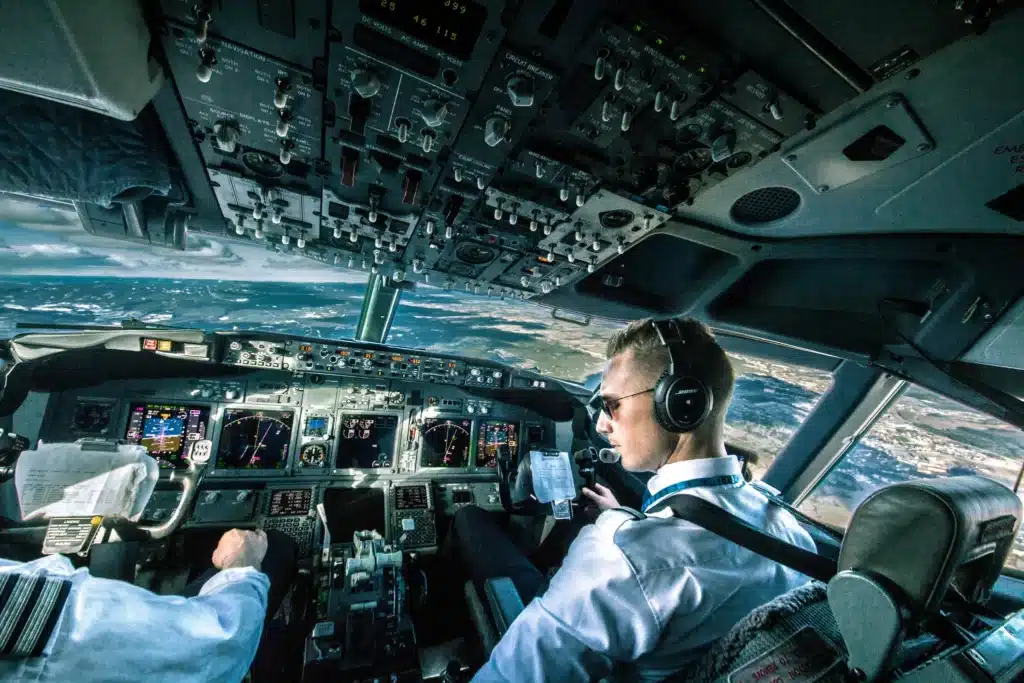
You, like most people today, must only be familiar with two pilots navigating a plane, right?
It wasn’t a third pilot that older airplanes required, but a flight engineer instead.
That’s right, a flight engineer used to stay inside the cockpit during a flight to make sure everything inside was in working order.
Their job was to monitor the gauges, assist in pre-flight inspections, and fix any instruments in case something went wrong.
However, a flight engineer’s job only lasted for so long because shortly after the mid-1980s, digitization changed aviation.
Going digital
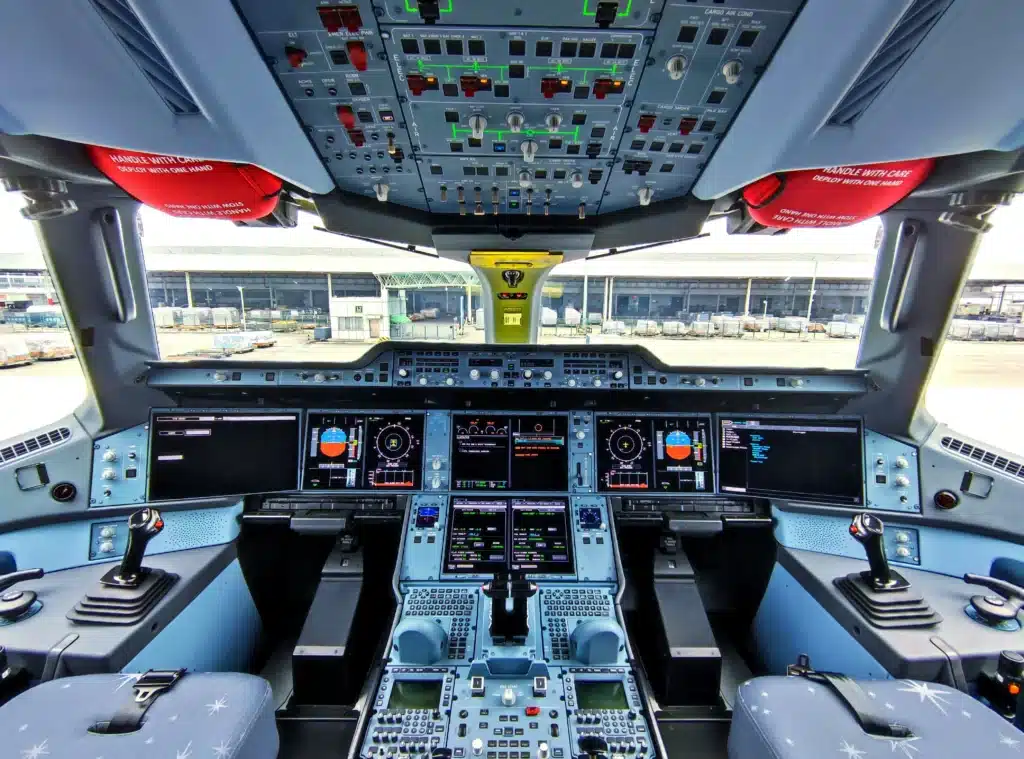
Some more years later, entered the gamechanger — glass cockpits.
It was certainly an exciting time for aviation enthusiasts, especially pilots.
But the tech that we have today is still nowhere near the upgrades introduced back then.
Several analog controls were now electronic and no longer had to be independently checked upon.
Several aircraft that are still in use today or even retired recently, like the Boeing 747, are decades old.
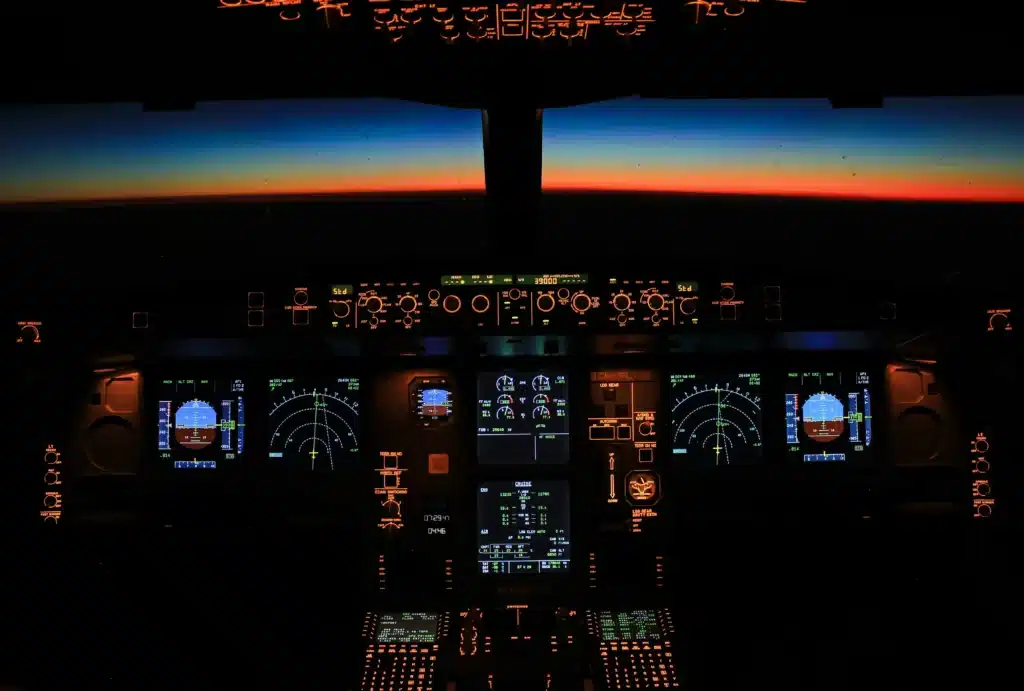
For instance, the first-ever 747 came out of the world’s largest airplane factory, the Everett factory, back in 1968.
Also, here’s an interesting fact — the Boeing 747, which is the largest passenger plane, has a W-shaped yoke with flight instructions written on it.
It got several improvements over the years, but one thing remained consistent — a cluttered cockpit.
What does the future of the aircraft cockpit hold?
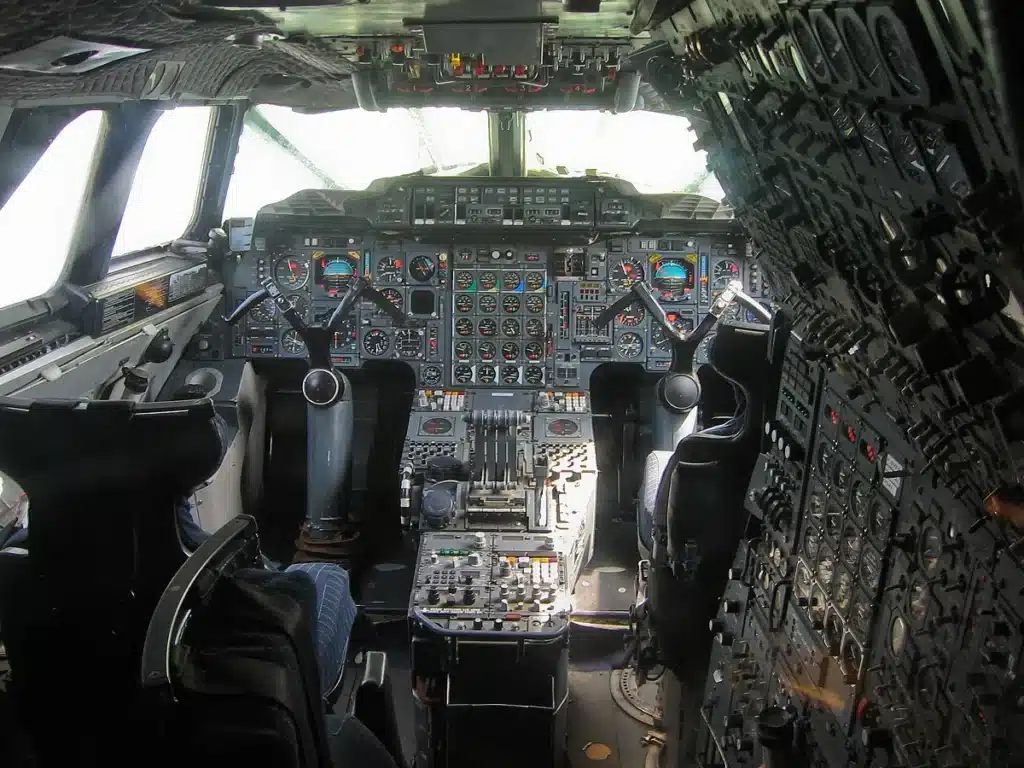
Even after fancy digital equipment courtesy of state-of-the-art avionics companies like Garmin and Honeywell, there were still a lot of buttons, switches, and manual controls.
If you take a look at the controversial Concorde’s cockpit, you’d be left wondering how two people can control all that.
But then again, we’ve come a long way, and newer aircraft are progressing at unrealistic rapid paces to make aircraft flight decks smarter.
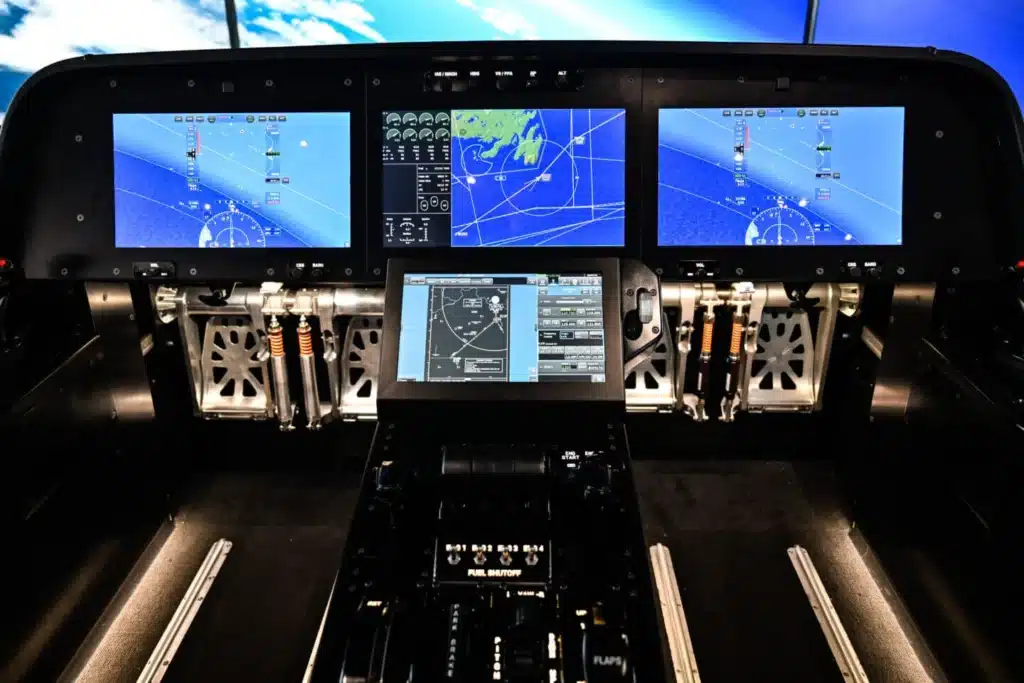
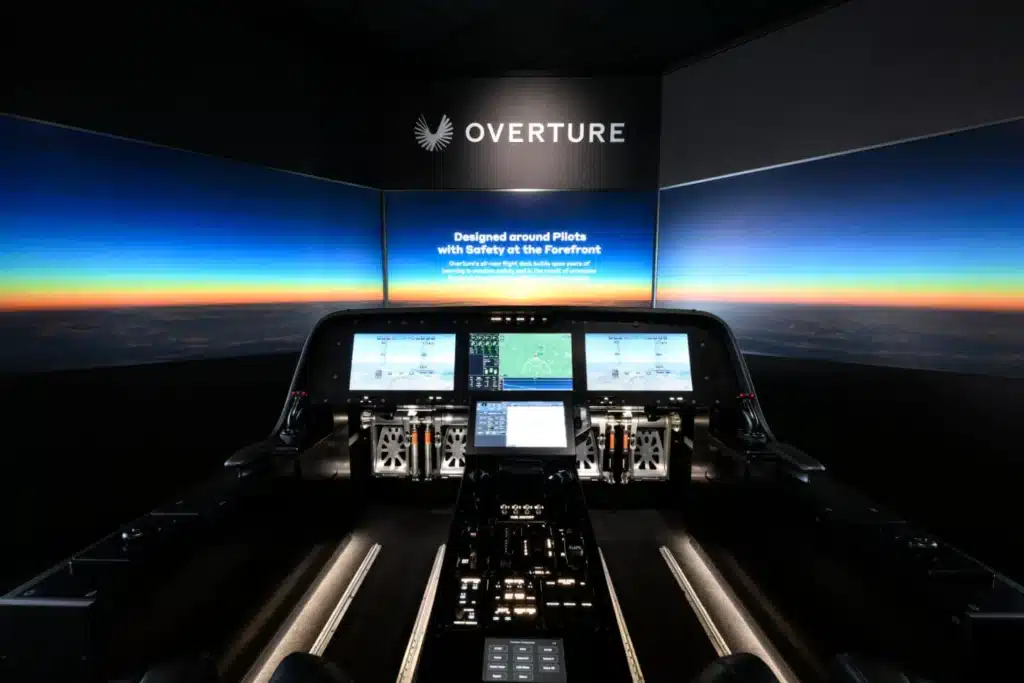
Next-gen airplanes like Boom Supersonic’s Overture have flight decks that are wildly different from conventional ones, for the better.
We now even have advanced autopilot systems and exceptional software that reduces the need for manual intervention.
If that doesn’t seem enough, the Vision Jet can fly to an airport and land all by itself.
Aviation is one of the most progressive industries out there, and every innovation makes everyone’s life easier.
If this goes on, we could be seeing tech that nobody has had before, and exciting times undoubtedly lie ahead.
DISCOVER SBX CARS: The global premium car auction platform powered by Supercar Blondie

